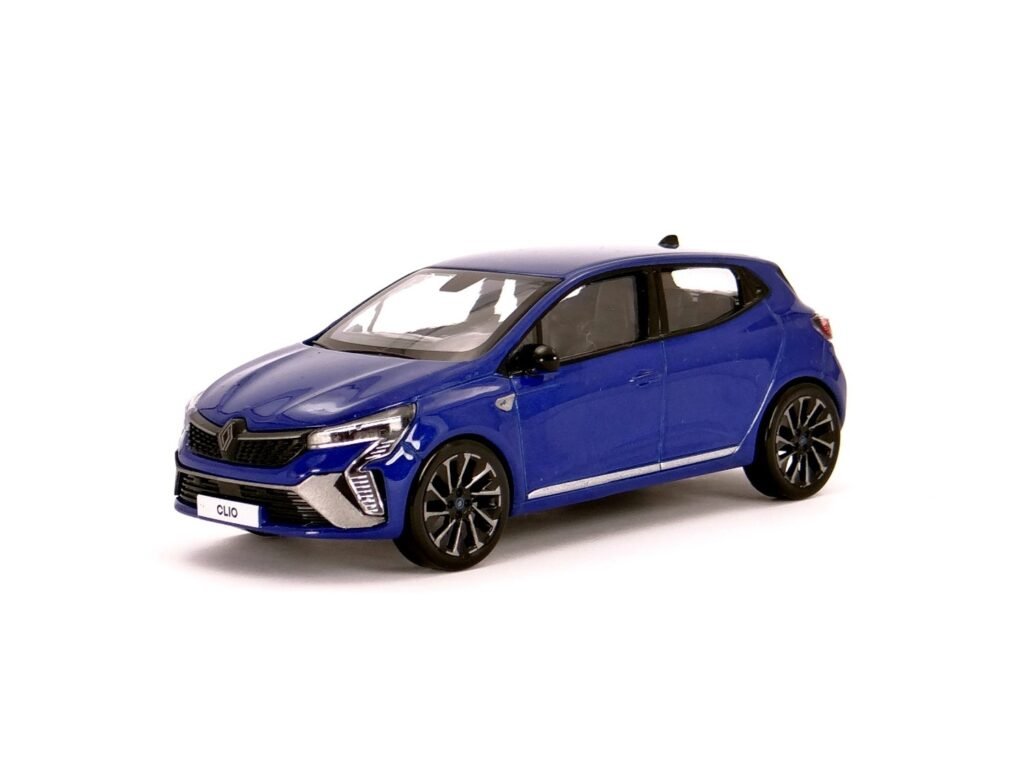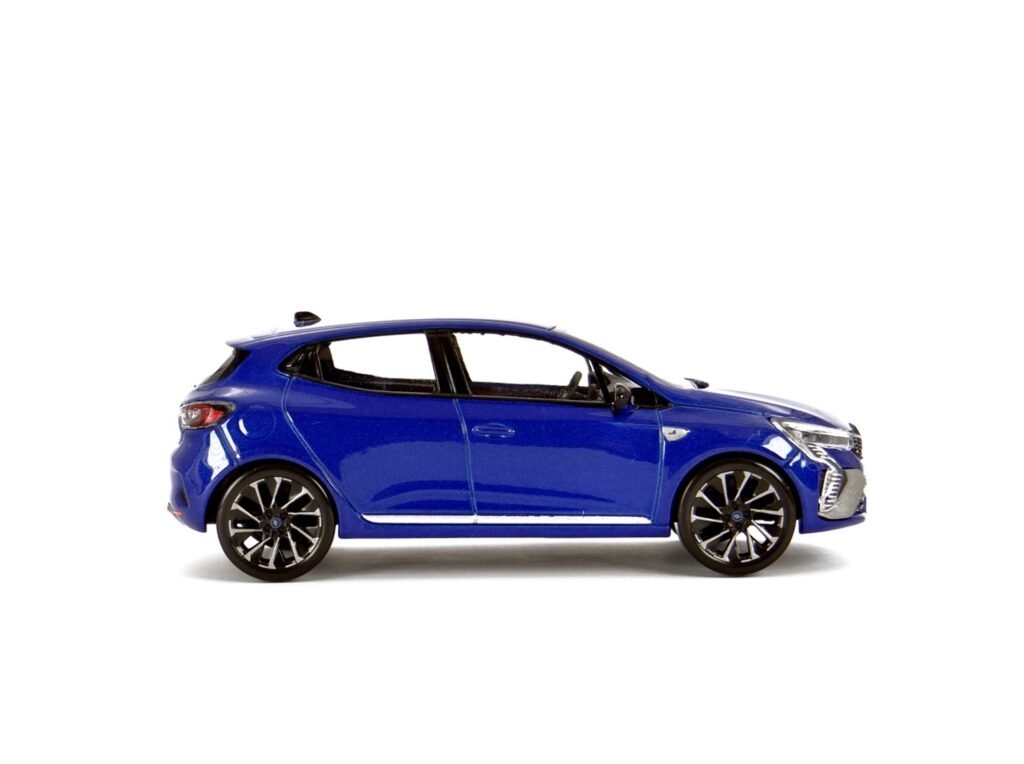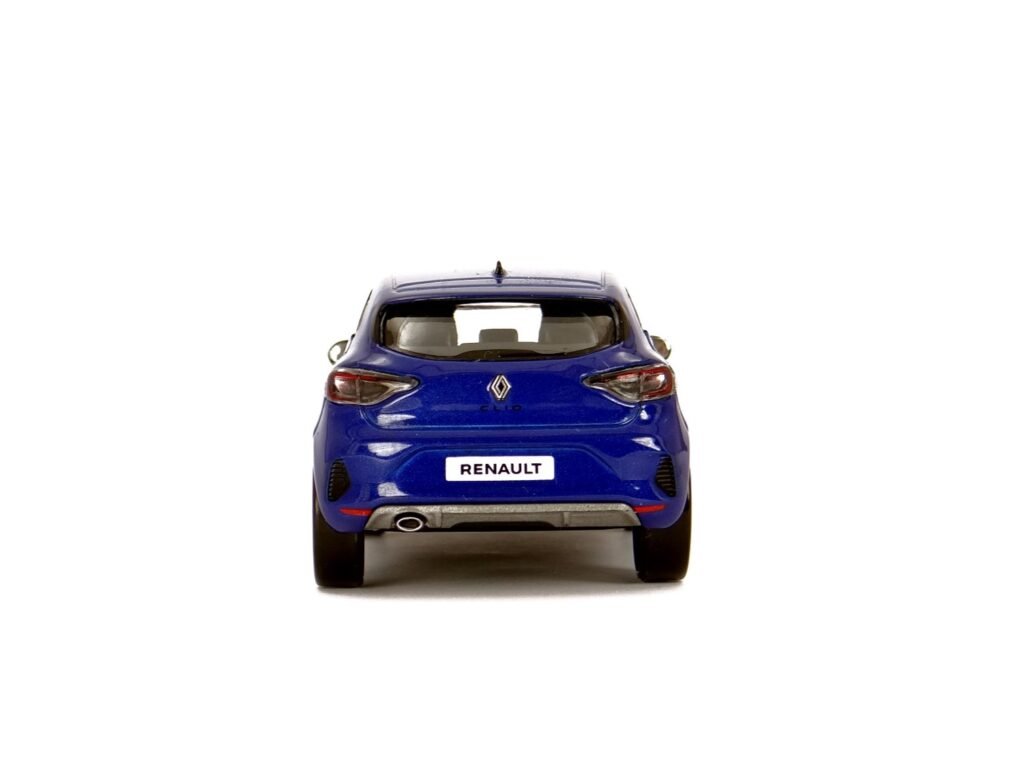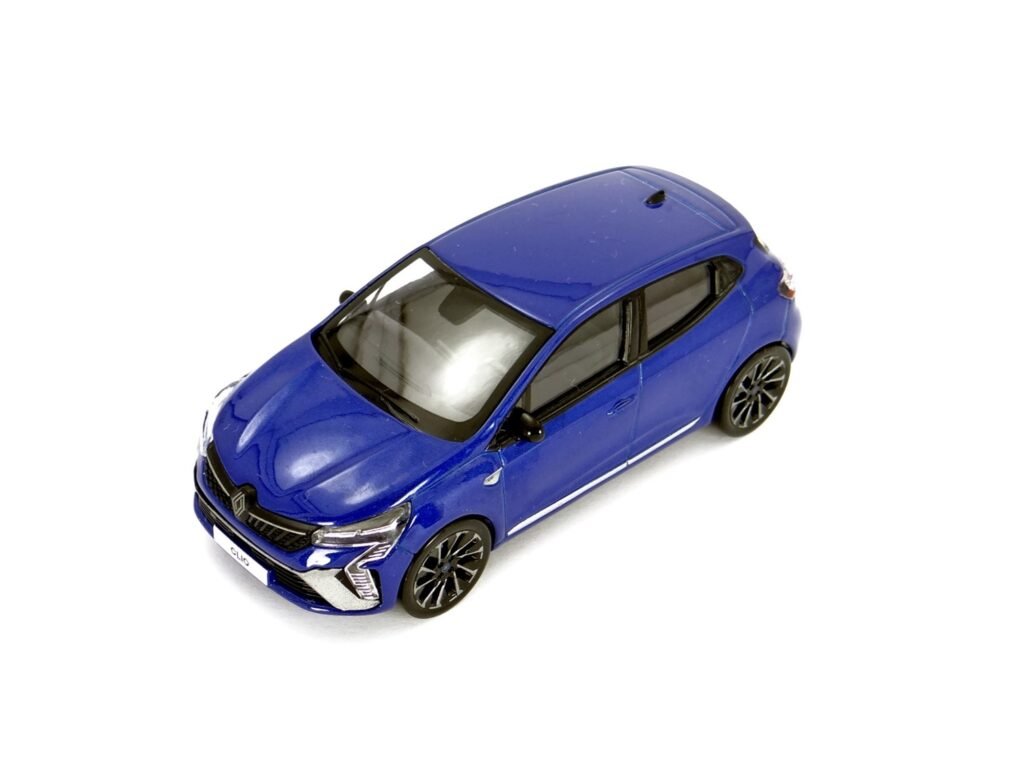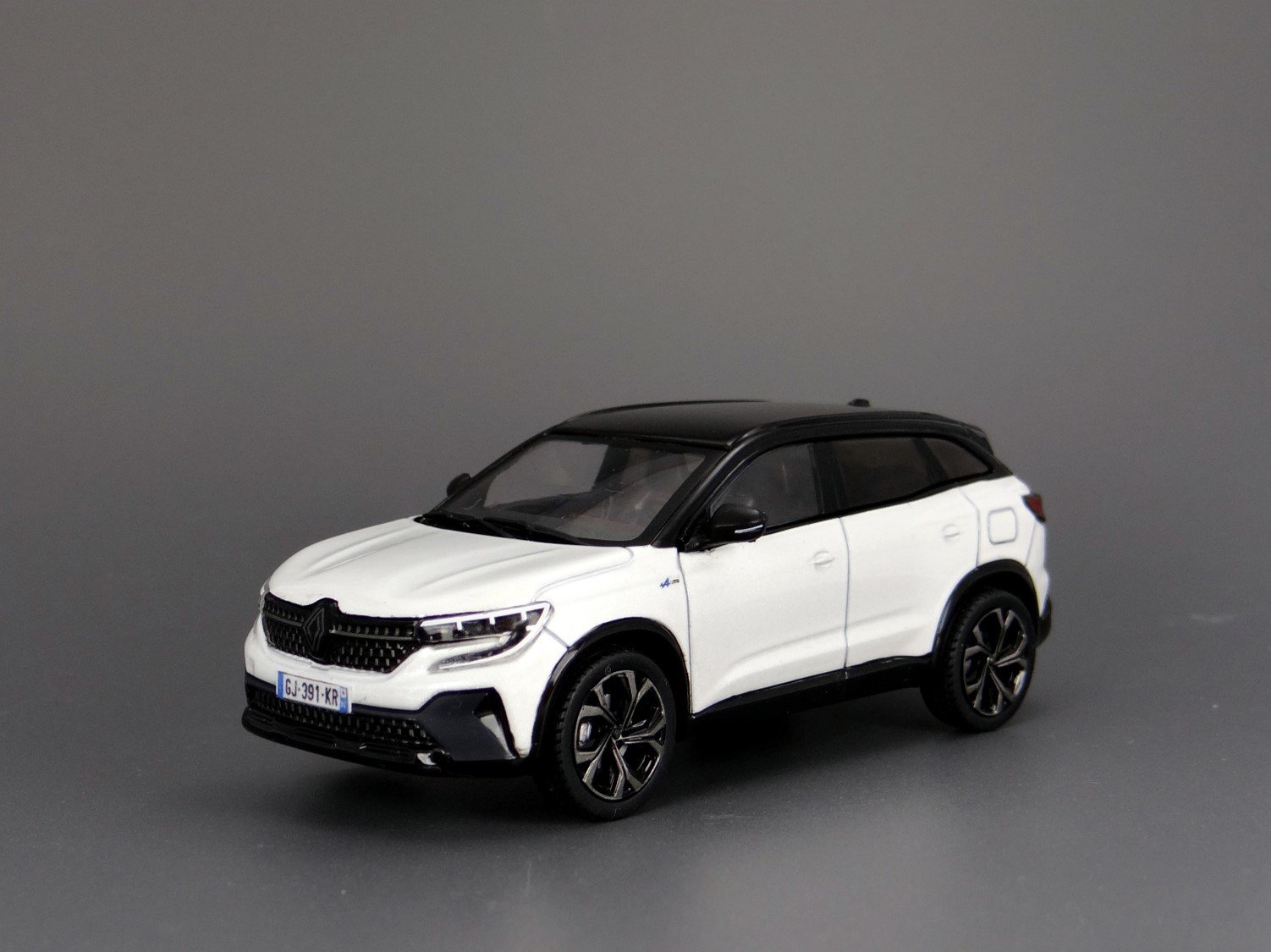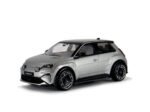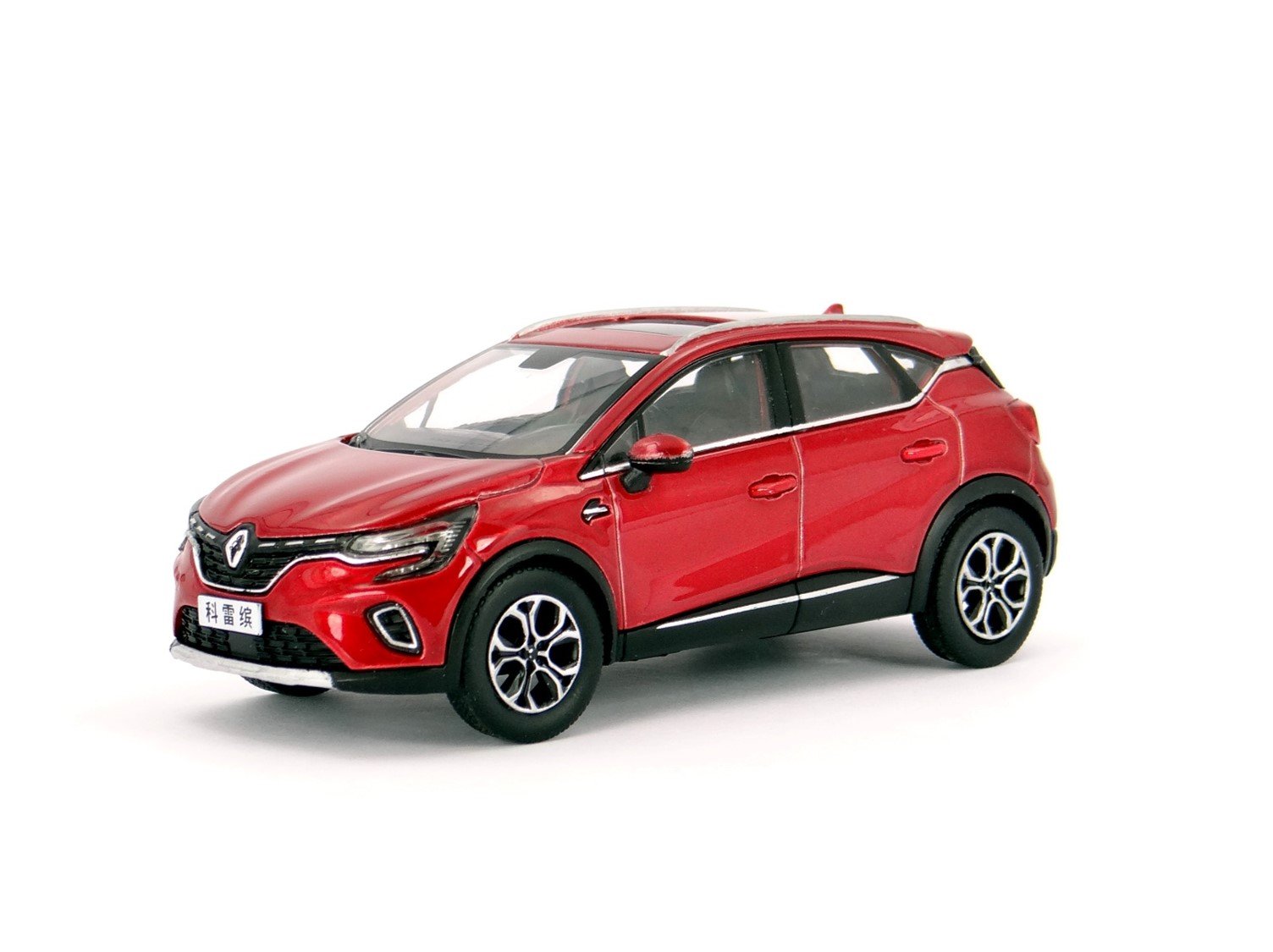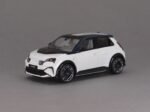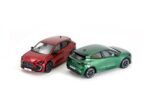Przy akompaniamencie hitu z lat 80. grupy Erasure “Oh l’amour” i otoczone przez poprzednie generacje. Tak zmodyfikowane Renault Clio wjechało na scenę w zeszłym roku w bardzo udanej reklamie. Bazując na pozytywnych skojarzeniach z przeszłości, chce stawić czoła wyzwaniom teraźniejszości.

Clio to od lat filar gamy modelowej Renault a każda generacja okazywała się hitem wśród europejskich kupujących. Obecne, piąte, wcielenie jest na rynku od 2019 roku. Od tego czasu wiele się zmieniło, więc Clio musiało iść z duchem czasu. Przyszła pora na facelifting.
Przede wszytkim odświeżono wygląd samochodu, który jest teraz spójny z nowym wzornictwem marki. Z przodu mamy nowe logo marki, zmienione reflektory i pionowe światła do jazdy dziennej. Nowym dodatkiem jest też listwa F1 w przednim zderzaku. W podstawowych wersjach jest w kolorze nadwozia, natomiast w topowej Esprit Alpine (kolejna nowość w gamie, zastępuje RS Line), malowana jest na szary mat. Z tyłu znajdziemy nowe lampy z przezroczystymi kloszami i aerodynamiczne wyloty powietrza w zderzakach, któte optycznie poszerzają tył nowego Clio.
Wnętrze poliftingowego Clio w głównej mierze również pozostało niezmienione, poza nową kierownicą i nowymi wzorami tapicerek. Auto nadal wyróżnia się dużym jak na swoją klasę 391 litrowym bagażnikiem.
Na większości europejskich rynków nowe Clio dostępne jest z dwoma jednostkami napędowymi. Benzynową, trzycylindrową 1.0 TCe o mocy 90 koni, lub hybrydową E-Tech Full Hybrid. Napęd hybrydowy składa się z 94-konnego czterocylindrowego benzynowego silnika o pojemności 1.6, wspomaganego silnikem elektrycznym o mocy 36kW i wysokonapięciowym rozruszniko-alternatorem o mocy 18kW oraz małą baterią 1.2kWh. Łączna moc systemu to 143 KM.
Wprowadzone zmiany mają pomóc utrzymać zainteresowanie Clio na burzliwym rynku nowych samochodów. Konkurencja będzie bez wątpienia zacięta nawet w samym koncernie, bo Dacia ma popularne Sandero a Renault niedługo zaczyna sprzedaż elektrycznej “piątki”.
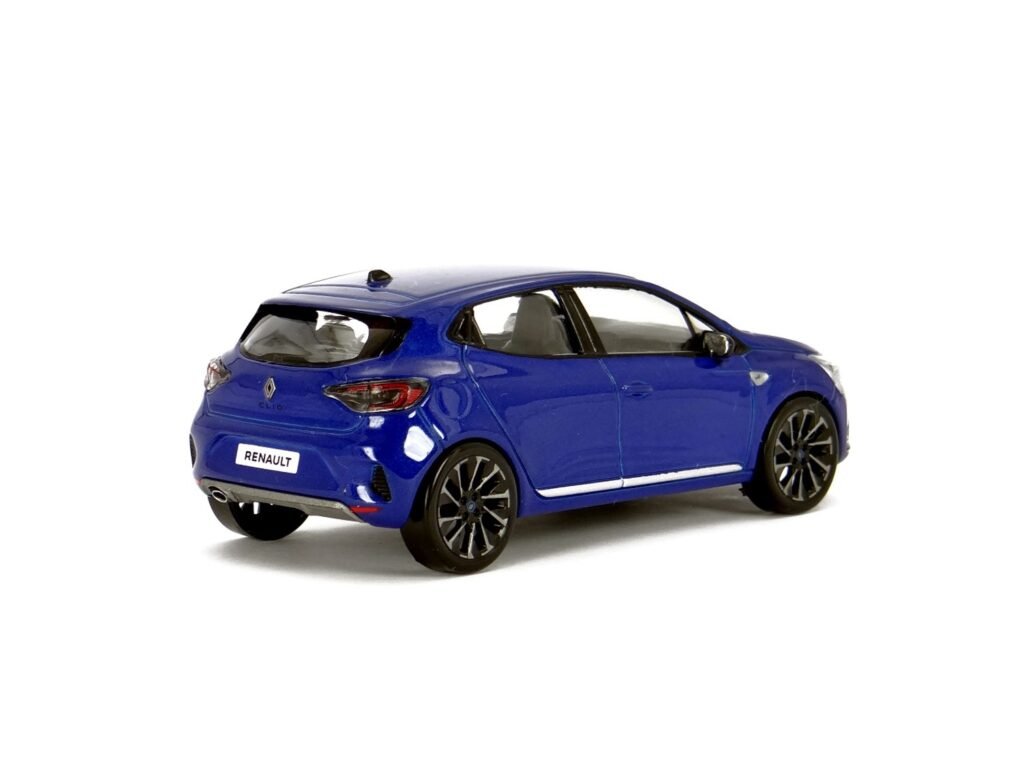
O miniaturze – Renault Clio Esprit Alpine
Renault Clio Esprit Alpine to dzieło firmy Norev. Autko wygląda bardzo dobrze. Pierwsze wrażenie jest zdecydowanie dobre! Modelik przykuwa wzrok metalicznym lakierem Iron blue, który cudownie pasuje do kształtu Clio. Sam lakier jest świetnie położony – czysto, równo i bez żadnych skaz.
Norev dobrze poradził sobie też z subtelniejszymi detalami. Przednie jak również tylne światła są mocno stylizowane w prawdziwym samochodzie, co może sprawiać trudności w ich odwzorowaniu w modeliku, ale tutaj się udało i wyglądają tak dobrze jak prawdziwe. Kolejnym fajnym dodatkiem są oznaczenia Esprit Alpine na przednich błotnikach. Podoba mi się też jak odwzorowano wydech – wygląda całkiem realistycznie.
Mam natomiast mieszane uczucia co do kół. Z jednej strony, wzór felg został dokładnie odwzorowany. Z drugiej, brakuje tarcz hamulcowych (a powinny być widoczne) a koła zrobiono z taniego plastiku zamiast gumy, co trochę psuje końcowy efekt.
Niemniej jednak, główną wadą modeliku są boczne lusterka. Nie dość, że są odlane z razem z nadwoziem to mają zły kształt, są w złym miejscu i są pomalowane całe na czarno, zamiast posiadać szkiełko. Na zły kształt i umiejscowienie nic nie można oczywiście poradzić, ale udało mi się dodać do nich szkiełka. Użycie uproszczonych (i szczerze mówiąc brzydkich) lusterek jest o tyle zaskakujące, że w przedliftingowym Clio Norev użył poprawnych lusterek (modelik do obejrzenia tutaj).
Pomimo wad, bardzo podoba mi się ta miniaturka Renault Clio Esprit Alpine od Noreva. Oczywiście, gdyby nie one odbiór autka byłby jeszcze lepszy, ale w tym konkretnym przypadku niedoróbki na szczęście trochę nikną.
Jak zawsze na koniec zapraszam do odwiedzeia Facebooka i Instagrama, gdzie dostępne są dodatkowe treści.
*** ENGLISH ***
Accompanied by Erasure’s smash hit from the 80s “Oh l’amour” and surrounded by previous generations. That’s how the revamped Renault Clio entered the scene last year in a very successful advert. Basing on positive imagery of the past, it wants to face the challenges of the present.

For years the Clio has been the mainstay of Renault’s line-up, with every generation proving to be a hit with European buyers. The current, fifth, incarnation is on the market since 2019. A lot has changed since then, so the Clio had to move on with the times. A facelift was due.
Most importantly, the car’s looks were freshened up and now they match the brand’s current design language. At the front, we’ve got the brand’s new logo, new headlights and vertical daytime-running lights. There is also the ‘F1-blade’ in the front bumper. In lower specs this is body-coloured, while in the top-spec Esprit Alpine (another new addition to the range, it replaces the RS Line), it’s painted in matte grey. At the rear, we’ll find a new set of crystal tail-lights as well as aerodynamic air vents in the bumper, which emphasize the new Clio’s width. Despite these changes, the dimensions remained the same.
The interior of the facelifted Clio is also largely unchanged, bar a new steering wheel and new upholstery designs. The car still impresses with a (big for its class) 391-litre boot.
On most European markets the new Clio is available with two powertrains. A petrol three-cylinder, 90hp 1.0 TCe or the E-Tech Full Hybrid. The hybrid powertrain consists of a 94hp 1.6-litre four-cylinder petrol engine, working together with a 36kW electric motor and an 18kW high-voltage starter generator as well as a small 1.2 kWh battery. The systems’ total power output is 143hp.
The updates are intended to maintain interest in the Clio, on what is a very uneasy market. The competition will undoubtedly be fierce inside the Renault Group alone, as Dacia offers the super popular Sandero and Renault will soon be launching the sales of the electric 5.
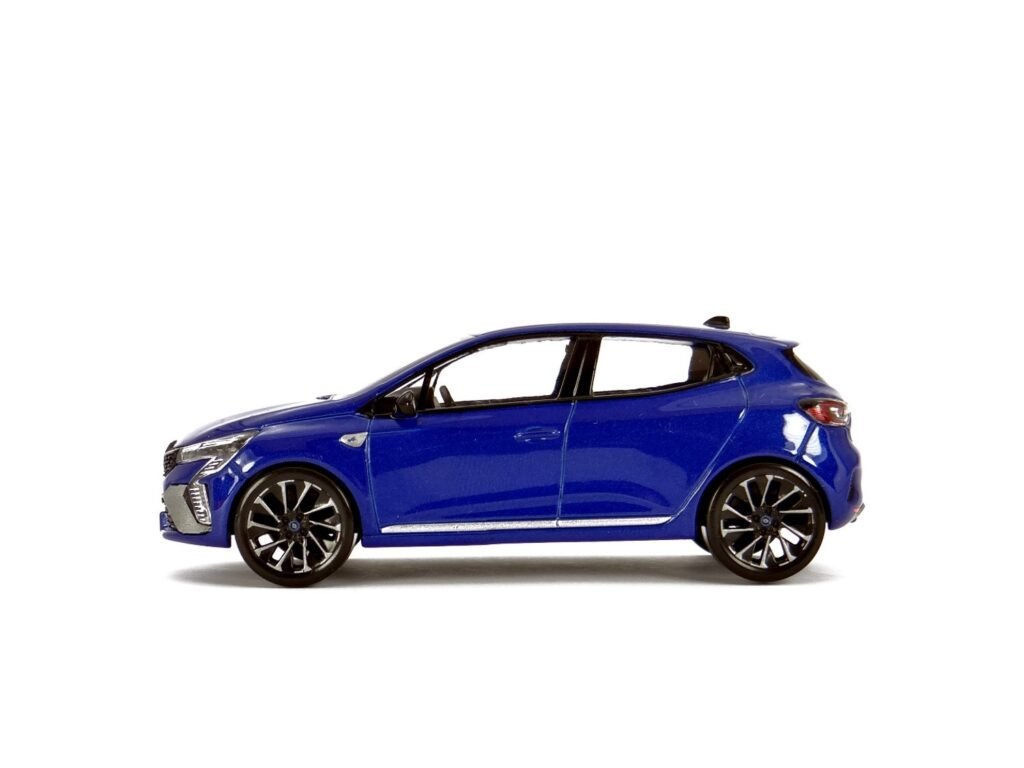
About the miniature – Renault Clio Esprit Alpine
This Renault Clio Esprit Alpine was done by Norev. The first impression is certainly a good one! The model car catches your eye with the metallic iron blue paint, which fits the Clio’s shape so well. The paintwork itself is done superbly, it’s neat, even and without any blemishes.
Norev also did a good job of replicating the more intricate detail. The headlights as well as tail-lights have extensive styling on the real car, which can prove difficult to mimic in a model, but here they look as good as reality! Another neat touch is the Esprit Alpine badging on the front fenders. I also like how the exhaust pipe was done – it looks quite realistic.
However, I do have mixed feelings about the wheels. On one hand, the wheel design has been carefully replicated. On the other, they’re missing brake pads (which should be visible) and the tires are made of cheap plastic rather than rubber, which spoils the end result slightly.
Nevertheless, the main flaw of the model are the wing mirrors. As well as being the wrong shape, they’re in the wrong place and were fully painted black, rather than having a “glass” part on the inside. I couldn’t remedy their shape or placing, but I did add a glass effect. The use of simplified (and frankly-ugly) wing-mirrors is more surprising, considering that on the pre-facelift Clio Norev used correct mirrors (you can see this model here).
Despite its flaws, I really like this miniature of Renault Clio Esprit Alpine from Norev. Of course, if they weren’t there the model would look even better. But, in this particularly case the flaws seem to blend in thankfully.
Lastly, as always, I’m directing you to my Facebook and Instagram, where you’ll see extra content!
